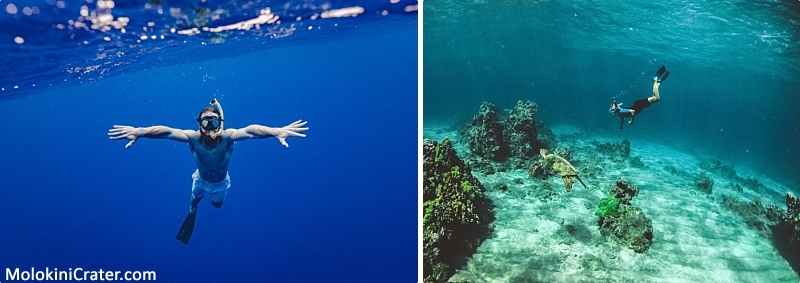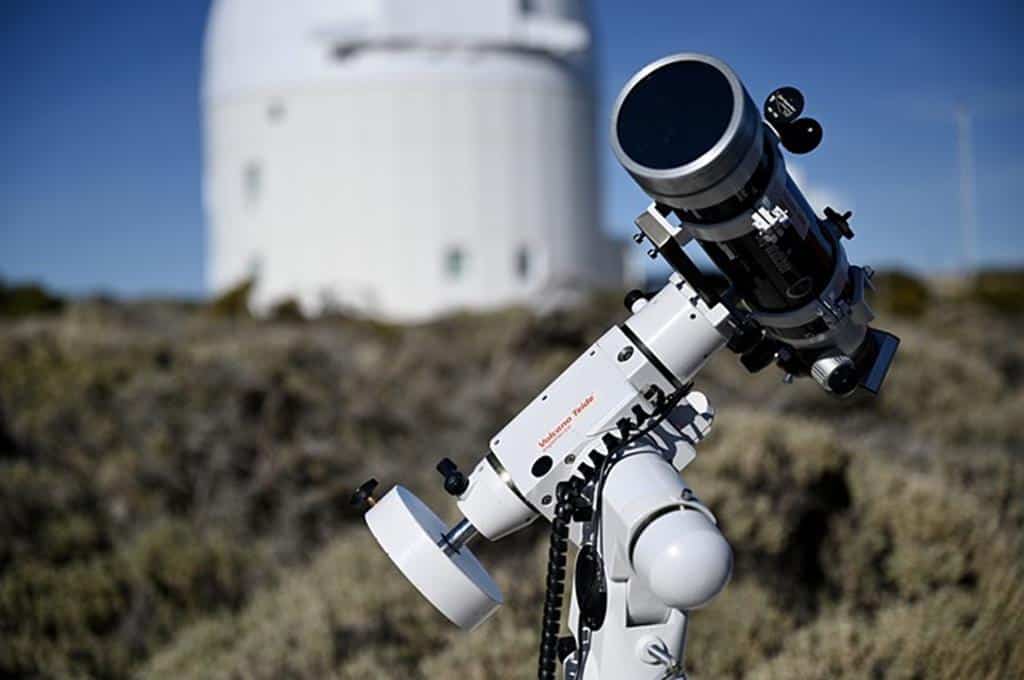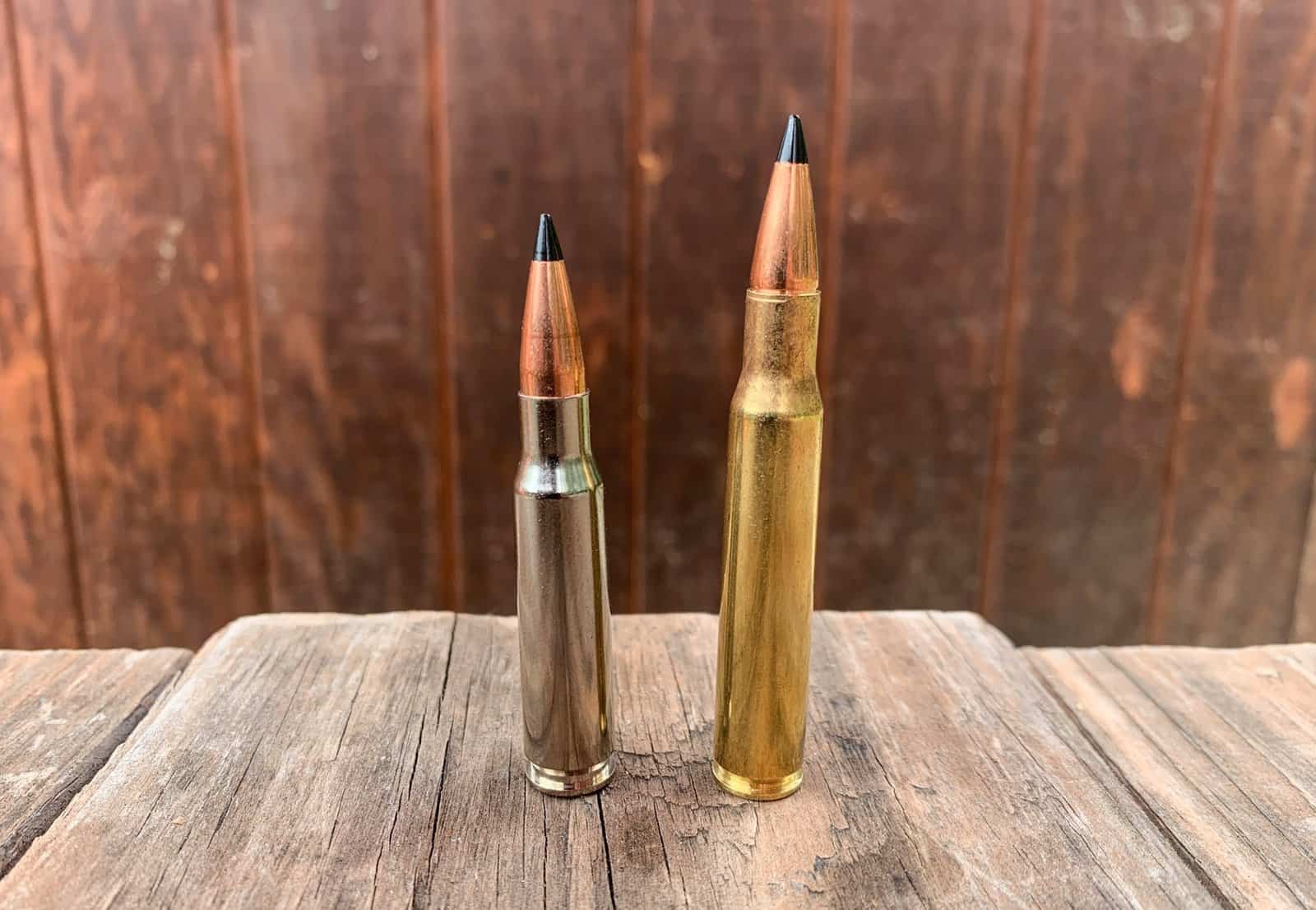Have you ever wondered how to capture stunning underwater photographs that are bursting with vibrant colors and captivating details? If you’re eager to dive into the world of underwater photography and want to learn how to take high-quality pictures beneath the waves, you’ve come to the right place. In this guide, we’ll explore the tips, tricks, and techniques to help you capture breathtaking underwater images that will amaze your friends and family.
So, how do you take high-quality underwater pictures? Well, the key lies in understanding the unique challenges and opportunities that underwater photography presents. From mastering the use of natural light to selecting the right equipment and finding the perfect composition, there are several factors to consider. In the following paragraphs, we’ll delve into all these aspects, equipping you with the knowledge you need to become an underwater photography aficionado.
But first, why would you want to venture into underwater photography? The answer is simple: it allows you to explore a whole new world beneath the surface. With underwater photography, you can capture the fascinating marine life, discover hidden shipwrecks, and document the stunning beauty of coral reefs. Not only does it enable you to preserve and share the magic of the underwater realm, but it also allows you to connect with nature in an extraordinary way. Ready to dive in? Let’s get started on our underwater photography journey!
Want to capture stunning underwater pictures? Follow these simple steps for high-quality results:
- Choose the Right Gear: Invest in a waterproof camera or an underwater housing for your existing camera.
- Understand Lighting: Adjust white balance and use natural light or external strobes for better color contrast.
- Consider Composition: Use the rule of thirds and experiment with different angles and perspectives.
- Master Focus: Enable autofocus or manually adjust focus to ensure sharp images.
- Edit Post-Shoot: Enhance your pictures using editing software to bring out the colors and details.
With these tips, you’ll be taking breathtaking underwater photos in no time!
![]()
How to Capture Stunning Underwater Photos: A Guide to High-Quality Underwater Photography
Underwater photography offers a unique perspective on the beauty and wonders of the aquatic world. Whether you’re a professional diver or a casual snorkeler, learning how to take high-quality underwater pictures can vastly improve your photography skills. In this comprehensive guide, we will explore the essential techniques, equipment, and tips to help you capture stunning underwater photos that will leave a lasting impression.
Understanding the Basics: Lighting, Composition, and Camera Settings
Underwater photography presents unique challenges due to the nature of light underwater and the ever-changing environment. To capture high-quality underwater photos, it’s crucial to understand the basics of lighting, composition, and camera settings.
1. Lighting:
The key to achieving vibrant and well-exposed underwater photos is to harness natural light effectively. As you descend, the intensity and colors of light change. The most flattering light for underwater photography is found within the first few meters of seawater. To make the most of the available light, position yourself and your subject accordingly. Avoid shooting directly towards the surface, as this can result in overexposed images.
2. Composition:
Composition plays a vital role in captivating underwater photos. Keep the rule of thirds in mind, placing your main subject off-center for a more dynamic composition. Pay attention to the background and use it as a storytelling element to create depth and interest in your images. Utilize elements like corals, schools of fish, or captivating backdrops to enhance the overall composition.
3. Camera Settings:
Mastering your camera settings is essential for capturing sharp and well-exposed underwater photos. Set your camera to manual mode to have full control over the exposure triangle: aperture, shutter speed, and ISO. In low-light conditions, a wider aperture (smaller f-number) and higher ISO can help capture more light. Experiment with different shutter speeds to freeze motion or create artistic effects.
Choosing the Right Equipment: Cameras, Housings, and Lenses
Selecting the right equipment is crucial for achieving high-quality underwater photos. From cameras and housings to lenses and accessories, here’s what you need to consider before diving in.
1. Cameras:
When it comes to cameras, the options are vast. For beginners, compact point-and-shoot cameras with underwater housing are a popular choice. These cameras are easy to use, lightweight, and offer excellent image quality. If you’re more experienced and looking for advanced control, consider investing in a mirrorless or DSLR camera with underwater housing. These setups offer more customization options but can be more expensive.
2. Housings:
The housing is a crucial component that protects your camera from water damage. Ensure the housing is compatible with your camera model and provides easy access to essential controls. Opt for housings made from durable and lightweight materials like polycarbonate or aluminum for optimal performance.
3. Lenses:
Choosing the right lens can significantly impact the outcome of your underwater photos. Wide-angle lenses, such as fisheye and wide-angle zoom lenses, are ideal for capturing vast seascapes and creating dramatic perspectives. Macro lenses, on the other hand, excel at capturing intricate details and close-up shots of marine life. Consider investing in a versatile lens that allows you to switch between wide-angle and macro photography.
Mastering Underwater Photography Techniques: Buoyancy Control, Focus, and Post-Processing
To elevate your underwater photography skills, mastering specific techniques is key. From achieving perfect buoyancy control to nailing the focus and enhancing your images through post-processing, let’s dive deeper into these essential techniques.
1. Buoyancy Control:
Maintaining proper buoyancy is crucial for capturing sharp and steady underwater photos. Practice neutral buoyancy to minimize disturbances to the marine environment and ensure stability while capturing images. This technique involves finding the perfect balance between your weight, breathing, and equipment to remain effortlessly suspended in the water.
2. Focus:
Achieving accurate focus can be challenging in underwater photography due to the water’s optical properties. Set your autofocus mode to continuous (AI Servo or AF-C) to keep your subject sharp as it moves. Alternatively, consider using manual focus for greater control. Remember to focus on the eyes of your subject, ensuring they are crystal clear for maximum impact.
3. Post-Processing:
Post-processing is an essential step in bringing out the best in your underwater photos. Use software like Adobe Lightroom or Capture One to adjust exposure, white balance, and colors. Remove any distractions or backscatter caused by particles in the water using the spot healing tool or clone stamp tool. Remember to enhance, rather than completely alter, the natural beauty of your underwater images.
Additional Tips & Tricks for Capturing High-Quality Underwater Photos:
- Choose the right dive sites with good visibility and abundant marine life for more photo opportunities.
- Invest in quality underwater strobes or video lights to add brightness and vibrant colors to your images.
- Experiment with different angles and perspectives to add visual interest to your underwater photos.
- Consider using filters like red or magenta filters to correct color casts caused by the water’s absorption of certain wavelengths of light.
- Practice patience and be mindful of the marine environment. Respect the delicate ecosystems and never touch or disturb marine life.
In conclusion, taking high-quality underwater photos requires a combination of technical knowledge, creativity, and a deep appreciation for the underwater world. By mastering the basics of lighting, composition, and camera settings, choosing the right equipment, and honing essential techniques, you can capture stunning and memorable images that truly showcase the beauty of the underwater realm. So, grab your camera, dive in, and explore the endless possibilities of underwater photography.
Key Takeaways: How to Take High Quality Underwater Pictures
- Choose a high-quality underwater camera.
- Ensure proper lighting by using external strobes or natural light.
- Get close to your subject for clear and detailed shots.
- Use the right settings and shooting modes for underwater photography.
- Edit your photos afterwards to enhance colors and clarity.
Frequently Asked Questions
Are you ready to dive in and capture stunning underwater photographs? Here are some common questions about taking high-quality underwater pictures and their answers to help you get started:
1. What are the key factors in taking high-quality underwater pictures?
There are a few essential factors to consider when taking high-quality underwater pictures. Firstly, you need good visibility, so choose clear water with minimal particulates. Additionally, proper lighting is essential, as water absorbs and distorts light. To overcome this, use an external strobe or a powerful underwater video light. Lastly, choosing the right camera settings, such as adjusting your white balance, exposure, and focus, will greatly impact the quality of your underwater photos.
Remember to experiment with different settings and techniques to find what works best for your specific diving conditions. Practice and patience will help you master the art of capturing stunning underwater images.
2. Do I need a special camera to take high-quality underwater pictures?
While a dedicated underwater camera can offer specialized features, you don’t necessarily need one to take high-quality underwater pictures. Many compact cameras and even smartphones now have excellent underwater capabilities. However, if you’re serious about underwater photography and want more control over your settings, consider investing in a camera specifically designed for diving. Look for a camera that offers manual controls, RAW file format support, and interchangeable lenses to enhance your creative possibilities.
Remember, the key to capturing high-quality underwater pictures lies not only in the camera itself but also in understanding and utilizing proper techniques and settings for underwater photography.
3. How can I protect my camera while taking underwater pictures?
Protecting your camera is crucial when taking underwater pictures. The first line of defense is using a reliable underwater housing specifically designed for your camera model. This housing will protect your camera from water damage while allowing you to access and control its functions. Additionally, using lens filters or protective covers can prevent scratches or damage to your lens port. Regularly inspecting and properly maintaining your camera housing, o-rings, and seals are also important to ensure its watertight integrity.
Remember to always rinse your equipment with fresh water after diving to remove any saltwater residue, and store it in a dry and safe place to avoid potential damage.
4. What are some composition tips for underwater photography?
Composition plays a vital role in capturing visually stunning underwater photographs. Start by getting close to your subject to reduce the amount of water between you and the subject, which can cause loss of detail and color. Try different angles and perspectives to add depth and interest to your images. Utilize negative space to draw attention to your subject, and use the rule of thirds to create well-balanced compositions. Experiment with different framing techniques, such as capturing silhouettes or incorporating elements like corals or divers to add scale and context to your photos.
Remember to practice and experiment with different composition techniques to develop your unique style and capture captivating underwater images.
5. How can I enhance the colors in my underwater pictures?
Color correction is essential in underwater photography due to the way water filters and absorbs light. One of the most effective ways to enhance colors is to use an underwater color correction filter. These filters help counteract the blue or green tint and restore the natural colors of your subjects. If you shoot in RAW format, you can also make adjustments during post-processing to fine-tune the colors and restore their vibrancy.
Additionally, using artificial lighting, such as underwater strobes or video lights, can greatly enhance colors by providing more accurate and vibrant lighting on your subjects. With proper lighting and color correction, you can achieve stunningly colorful underwater pictures.

Summary
So there you have it! Taking high-quality underwater pictures is possible with the right equipment and techniques. Make sure to use a waterproof camera or a reliable underwater housing. Adjust the settings to compensate for the loss of color and light underwater. Get close to your subject and focus on capturing the details. Use natural light when possible or use an external strobe for better lighting. And don’t forget to practice and experiment to improve your skills. Happy underwater photography!
Remember, taking great underwater pictures is a combination of preparation, technique, and creativity. Choose your location wisely and plan your dive carefully. Pay attention to the lighting conditions and make adjustments accordingly. Use compositional techniques to create interesting and visually appealing images. And most importantly, have fun and enjoy the mesmerizing beauty of the underwater world through your camera lens!



